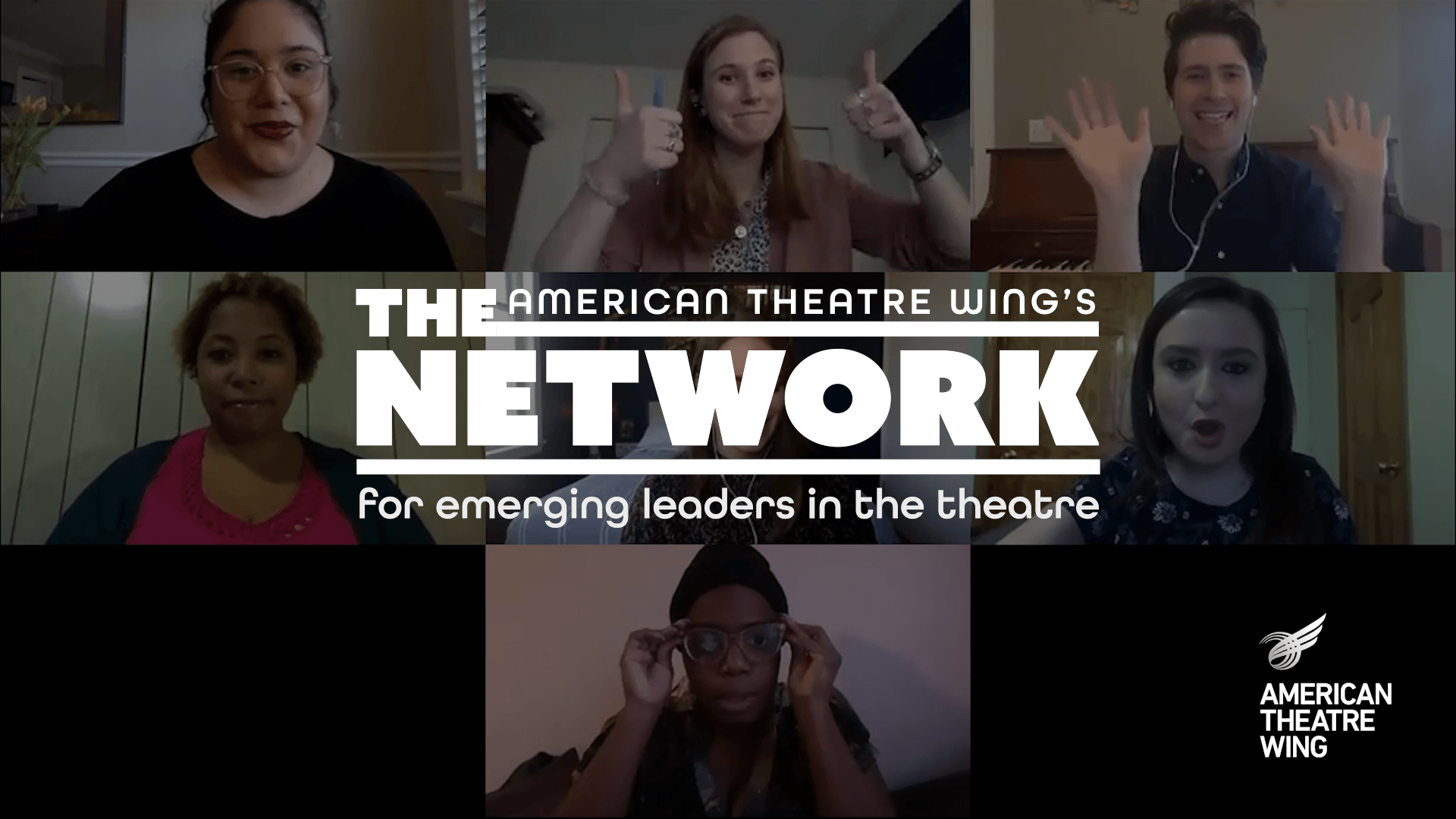
According to the Brookings Institute economic report Lost art: Measuring COVID-19’s devastating impact on America’s creative economy, they estimate a loss of “ 2.7 million jobs and more than $150 billion in sales of goods and services for creative industries nationwide, representing nearly a third of all jobs in those industries and 9% of annual sales. The fine and performing arts industries will be hit hardest, suffering estimated losses of almost 1.4 million jobs and $42.5 billion in sales. These estimated losses represent 50% of all jobs in those industries and more than a quarter of all lost sales nationwide.”
”While all regions, states, and metropolitan areas of the country will be seriously impacted, the effects of the COVID-19 crisis will hit some places harder than others. The South is estimated to suffer the most losses in employment for both the creative industries and creative occupations.”
“Of the 50 states, California will be hit hardest in terms of absolute losses for creative industries and occupations, followed by New York and Texas. But these are all large states; when we look at the share of losses, the biggest losses occur in smaller states, including Alaska, Nevada, New Mexico, Louisiana, and Hawaii.”
”The 53 metropolitan areas with populations over 1 million are estimated to account for more than three-quarters (80%) of total estimated losses in sales and two-thirds (68%) of all estimated job losses in creative industries across the United States. New York and Los Angeles will suffer the worst absolute losses, but smaller metro areas such as Las Vegas, Nashville, Tenn., New Orleans, Orlando, Fla., Memphis, Tenn., Baltimore, Jacksonville, Fla., Tucson, Ariz., and Austin, Texas will suffer larger losses in percentage terms.”
The National Endowment for the Arts chairman Mary Anne Carter said recently, “Times are drastic. Our Arts organizations are suffering. They don’t know if they’re going to survive, let alone reopen.”
COVID-19 is spiking nationally, meaning Arts & Culture institutions will remain shuttered for the foreseeable future. In fact, 41% of Arts & Cultural Institutions report they are “not confident” that they will survive the pandemic. 29% of surveyed institutions have laid off or furloughed staff.
Furthermore, the common “survival jobs” for Arts workers are in the hospitality and service sectors, which have been almost equally devastated by this crisis. With over 20 million unemployed, the competition for “survival jobs” is fierce; millions will remain unemployed for the foreseeable future.
It’s not just Art & Culture workers, unions, and organizations who are in trouble: administrators, management, hospitality staff, custodians, and countless others depend on Arts & Culture institutions for income are currently relying on the Federal Pandemic Unemployment Compensation (FPUC) program to pay their bills. When FPUC ended on August 1st, millions of Arts workers now face instant financial catastrophe, including eviction, which as this Washington Post story reminds us, disproportionately impacts the Black community. An estimated 40 Million Americans face eviction by October 1st.
Without immediate relief, institutions themselves will permanently close; causing systemic economic collapse in a vibrant ecosystem of mutually beneficial businesses that all rely on Arts & Culture institutions for their success. According to
Compounding the tragedy is that millions of arts workers are losing (or have lost) their health insurance during a deadly pandemic; a pandemic that also disproportionately impacts those who are BIPOC.
The situation is nothing less than a full on socioeconomic and humanitarian catastrophe in the making, exacerbating pre-existing inequalities to a desperate and deadly limit.


